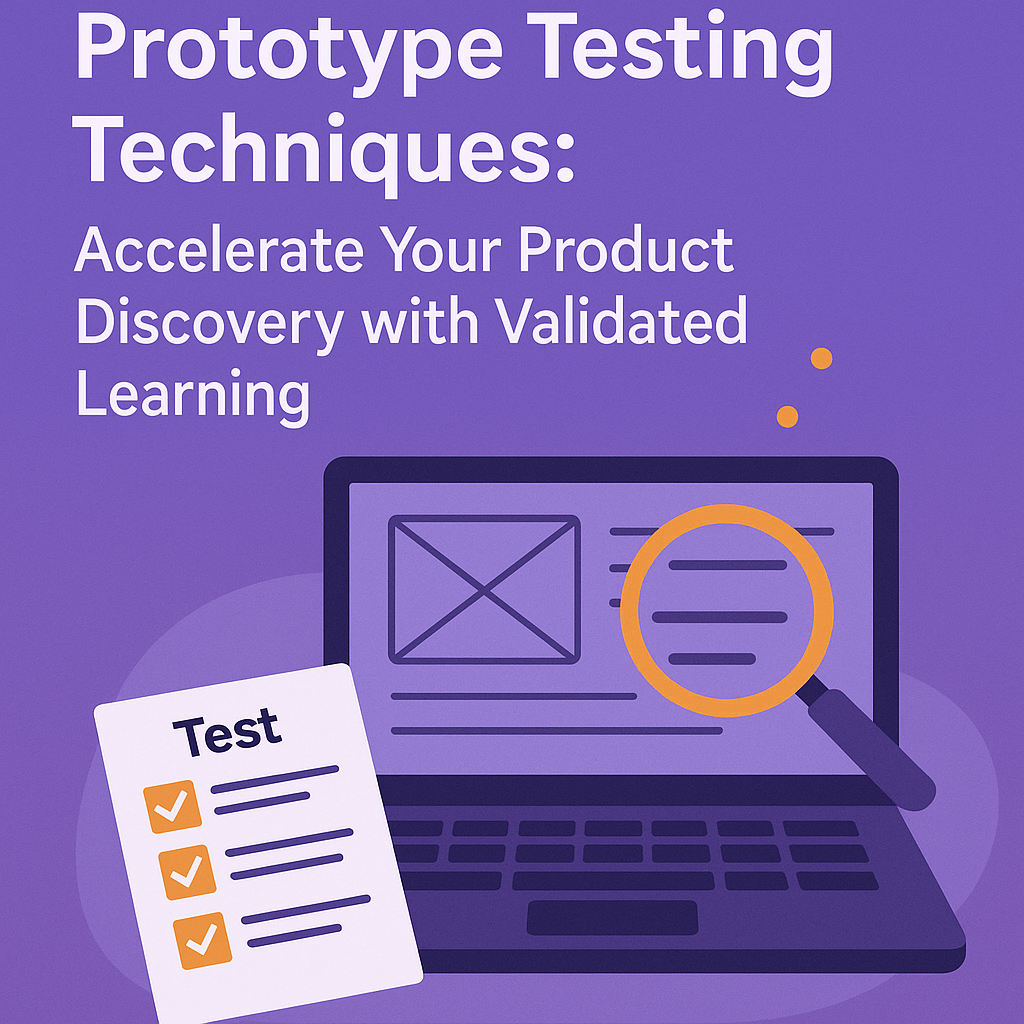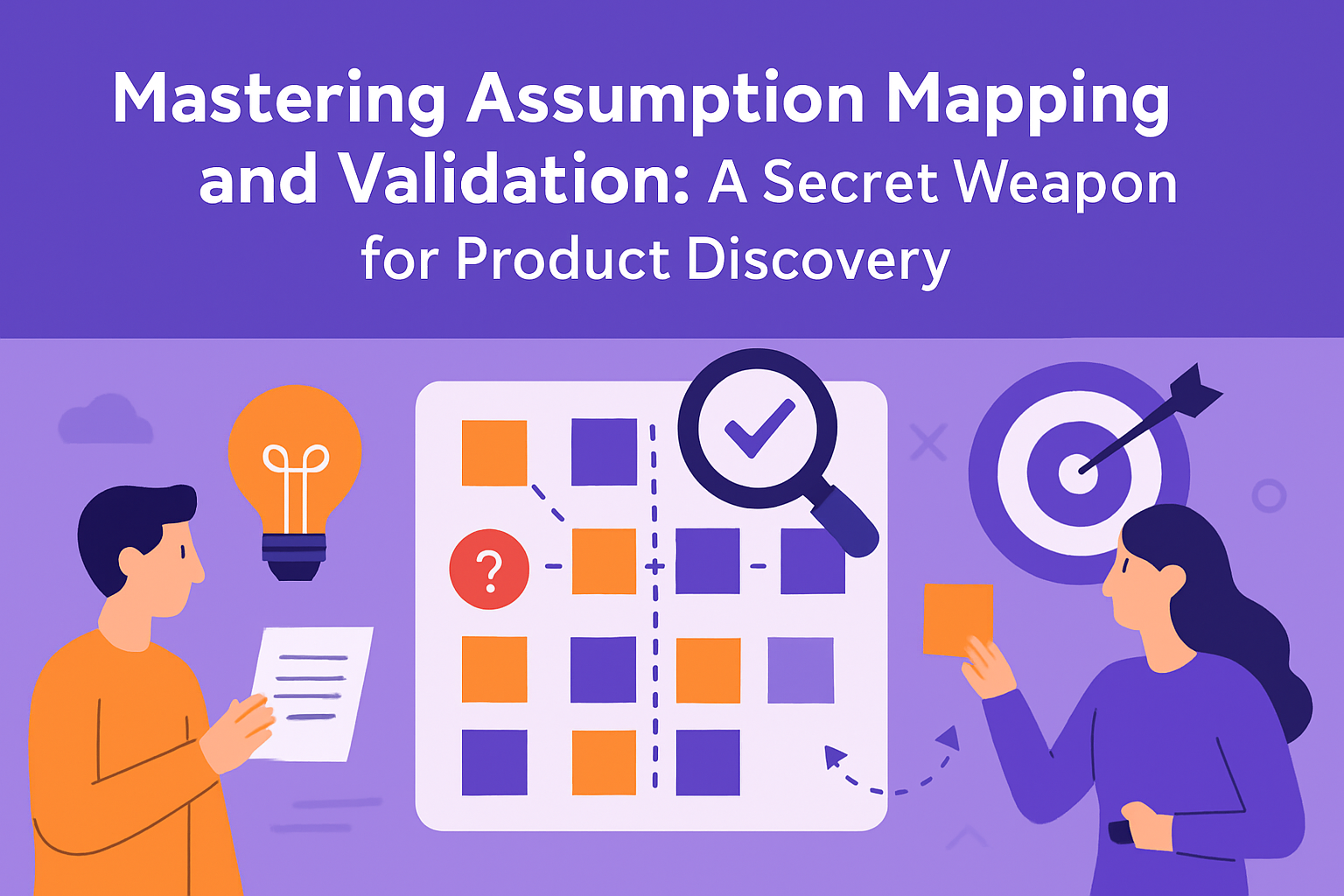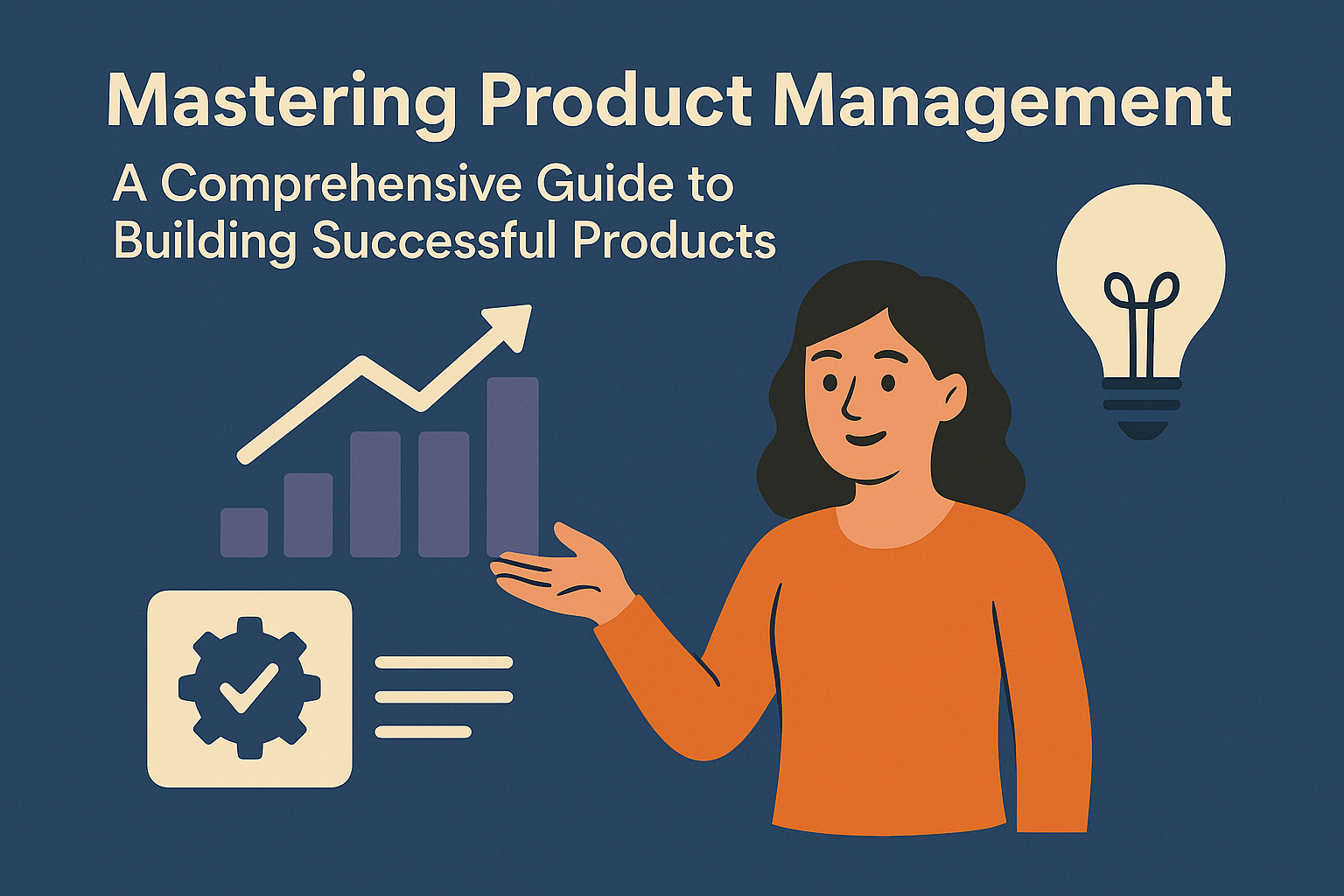Aside from financial loss, research shows that the biggest problem in product management is related to the comparison of findings during exploration with actual output during delivery. When the two become disconnected, the resulting diminished customer value would mean having something that never sells, and sales productivity is almost doubled.
One of the Typical product management issues: The Gap in the Discovery-Delivery Process
According to the uncovered statistics, close to 70% of the released product features are not reaching the projected objectives of profit. There is a deviation occurring as the developers' goal weakens due to a fade in the user-friendliness without an understanding of the user desires. A regular practice of the product management team is that they conduct surveys, receive feedback. Necessary preparations are also made involving the use of various means of collection of information, and making up the presentation. However, so many of these good details cannot have a chance to be included in the product schedule. Causes of the problem of the shift in the development plan include:
- Executive requests that have low validation
- Sales team feature requests
- Stakeholder priority divergence
- Technical limits that appear from nowhere
The Product Managers are sometimes tempted to create features that reach the latest buzz, but even such features are alien to the users. In fact, it is only the needs of customers that are given a back-seat status during this period.
Examples of the Sales Shift Breakdown at Early Stage
The fact that this dissociation is the cause of the discovery of the items and the delivery of the products of poor quality is a pointer that the separation of the stages of a product is not an advantage. When you find the development phase has to be re-changing the features because of the wrong design, this is proof of the separation causing pain. Extending the release schedule means not only the development team but the sales team will have to work painfully hard on each product version, which in turn will reduce the forces used in the market. They also provide a solid argument for the situation of the products, which cannot satisfy the user's need. In the first place, the products built are wrongty because the competitors had not only done the same to address the customer's need but also done it earlier. A product leader with whom we met at a large company in the Fortune 500 hierarchy narrated to us a similar story not so long ago
Closing the Gap: Best Practices for Connecting Insights to Delivery
So how can product teams ensure that valuable user insights actually translate into development priorities? Here are five proven approaches:
1. Create a Single Source of Truth for Insights
One of the biggest challenges is that insights get scattered across multiple tools and repositories. The solution? Establish a centralized system where all discovery insights are captured, categorized, and linked to potential development initiatives.
This system should:
- Organize insights by user segments, problems, and potential solutions
- Allow easy filtering and searching
- Enable linking between related insights
- Provide context on how insights were gathered
2. Establish a Clear Insights-to-Requirements Process
Don't leave the translation of insights to chance. Create a structured process that moves from insights to requirements:
- Step 1: Gather and document insights
- Step 2: Cluster related insights to identify patterns
- Step 3: Prioritize insights based on user impact and business value
- Step 4: Generate potential solutions for high-priority insights
- Step 5: Test solution concepts with users
- Step 6: Transform validated solutions into detailed requirements
By following this process consistently, you create traceability between user needs and development tasks.
3. Involve Developers in Discovery
Development teams that participate in discovery are far more likely to champion user needs during implementation. Consider:
- Inviting engineers to observe user interviews
- Conducting collaborative insight analysis sessions
- Having developers participate in ideation workshops
- Creating "developer-user pairing" sessions where engineers meet directly with users
As one engineering leader put it: "When my team heard users describe their problems firsthand, they became advocates for those users during our prioritization discussions."
4. Create "Insight Champions" for Key User Needs
For critical user needs identified during discovery, assign dedicated "insight champions" who advocate for those needs throughout the delivery process. These champions:
- Track how insights are being translated into requirements
- Participate in prioritization discussions
- Review implementation plans to ensure they address the core user need
- Provide context to the development team during implementation
This accountability helps prevent validated insights from getting lost.
5. Implement Continuous Discovery and Validation
Rather than treating discovery as a one-time phase, integrate it throughout your development cycle:
- Conduct mini discovery sessions throughout implementation
- Validate development decisions against user insights
- Create feedback loops between what's being built and what users need
- Update your insight repository as new information emerges
How Technology Can Bridge the Discovery-Delivery Gap
While processes and practices are essential, technology can significantly accelerate your ability to connect insights with delivery. Modern product discovery tools provide:
- Automated Insight Capture: Recording and transcribing user interviews, automatically extracting key insights
- AI-Powered Analysis: Identifying patterns across multiple user interactions that human analysts might miss
- Seamless Integration: Connecting discovery insights directly with development tools like Jira, Azure DevOps, or GitHub
- Insight Traceability: Tracking how insights move from discovery through to implementation and validation
- Impact Measurement: Assessing whether implemented features address the insights that inspired them
The Future of Connected Product Discovery
Leading product teams are already moving toward a more integrated approach to discovery and delivery. The most successful organizations understand that discovery isn't just a phase but a continuous part of the product development lifecycle.
By connecting insights directly to development priorities, these teams:
- Reduce waste by building the right features
- Accelerate time-to-market for high-impact solutions
- Improve team alignment and satisfaction
- Create products that truly meet user needs
- Gain competitive advantage through better product-market fit
Take the Next Step in Your Product Discovery Journey
If you're struggling with the gap between discovery insights and development priorities, it's time to implement a connected approach to product management.
Start by assessing your current process:
- How are insights currently documented and shared?
- What percentage of validated user needs make it into your roadmap?
- How do development priorities get determined?
- What tools are you using to connect discovery and delivery?
Then, consider how a unified product discovery platform could help you bridge the gap between what you learn and what you build.



